Newsletter
Stay up to-date with the latest imaging, analysis and metrology news from Digital Surf.
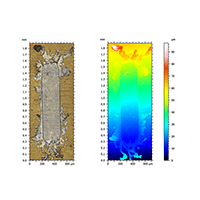
With the introduction of the new Color segmentation tool in Mountains® software, it is now possible to complement topographical wear analysis. Mathieu Cognard, product manager at Digital Surf, explains how MountainsImage® can help visualize & analyze your results.
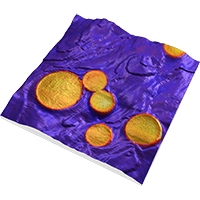
In the last few years, the use of SPM techniques in many areas of research has greatly increased. Professor Philippe Leclere, director of the LPNE at the University of Mons (UMONS) in Belgium, has been studying the impact of this increase and describes how his team is addressing the challenge of analyzing and mapping large quantities of data on material properties at the nanoscale.
Strain in semiconductor devices can be used to influence the electronic properties, and is used as so in strain engineering. Renata Lewandowska, product manager for spectral applications at Digital Surf, explains why Raman spectroscopy is an ideal technique for measuring strain, and give us an example.
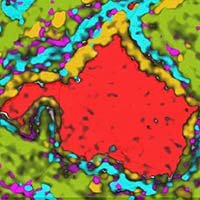
Application experts at Horiba Scientific and JEOL Europe recently highlighted a technique for precisely relocalizing specific areas of a sample for analysis using various techniques including Raman microscopy, scanning electron microscopy (SEM) and energy dispersive spectroscopy (EDS).
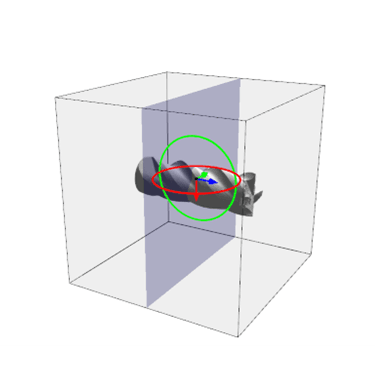
One of the critical applications of optical metrology in tooling is the dimensional characterization of cutting tools. Roughness measurements can also be used to predict how removed material will exit the tool in the aim of preventing clot formation or overheating. In addition, optical metrology can provide local measurements to help identify issues such as chipping or coating peeling, which indicate if a tool needs to be replaced or repaired. In this study, all these characterizations were managed using one, unique set-up: the Sensofar S neox Five Axis and SensoMap software powered by Mountains®.
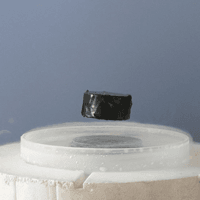
Researchers at the Institut de Ciència de Materials de Barcelona characterizied surface texture of superconductor materials with the aim of improving their performance.
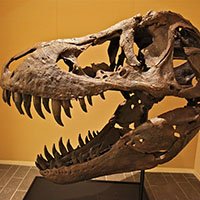
Dr. Mugino O. Kubo Ph.D at the University of Tokyo, Japan speaks about how her team are using three-dimensional microwear analysis and implementing new methods for studying the paleodiet of carnivorous dinosaurs, including the iconic Tyrannosaurus rex.

Researchers at Purdue and Harvard universities explored fish scale surfaces in 3D using MountainsMap® software.
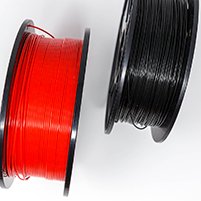
A team at Widener University (Chester, Pennsylvania, USA) recently used bimodal AFM technique and MountainsSPIP® software to study the calcification process of polylactic acid polymer (PLA), a plastic filament material widely used in 3D printing.
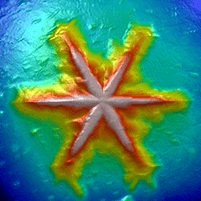
A comprehensive description of the surface of snow is crucial for understanding the tribological system between skis and snow. Felix Breitschädel, of the Norwegian Olympic Sports Center, tells us how a novel measurement device is changing our understanding of the surface of snow and constitutes a promising method for future research.
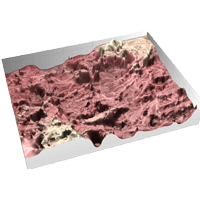
A team of researchers at the Catholic University of Louvain used topographic characterization and 3D reconstruction to reverse engineer the human ovary, bringing a plethora of new possibilities in biomedicine and biomimetics.
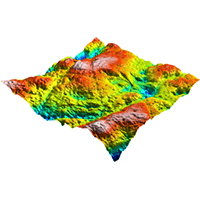
Researchers used 3D surface texture analysis to study the tooth surfaces of two wild chimpanzee populations from Western Africa to trace seasonal dietary variations and individual feeding habits in these animals.